How To Amend Soil For A Healthy Lawn In Minutes
Introduction
A healthy lawn starts with healthy soil. Soil that is rich in organic matter, has good drainage, and is the right pH level will help your grass grow strong and healthy. If your soil is lacking in any of these areas, you can amend it to improve its health.
Amending soil is a relatively easy process that can be done in minutes. There are a few different materials that you can use to amend soil, but the most common is compost. Compost is a great source of organic matter, which helps to improve the soil's drainage, water retention, and nutrient-holding capacity.
In this blog post, I will show you how to amend soil for a healthy lawn in minutes. I will also provide some tips on choosing the right compost and how to apply it to your lawn.
Main Content
Step 1: Choose the Right Compost
Not all compost is created equal. Some composts are high in nitrogen, while others are high in phosphorus. It is important to choose a compost that is specifically designed for lawns.
You can find compost for lawns at most garden centers. When choosing compost, look for a product that is labeled as "compost for lawns" or "compost for turfgrass."
Step 2: Test Your Soil
Before you amend your soil, it is a good idea to test your soil's pH level. The pH level of soil is a measure of how acidic or alkaline it is. Most lawns prefer a soil pH level of 6.5 to 7.0.
You can test your soil's pH level with a soil test kit. These kits are available at most garden centers.
Step 3: Apply the Compost
Once you have chosen the right compost and tested your soil's pH level, you can start applying the compost to your lawn.
The amount of compost that you need to apply will depend on the size of your lawn and the condition of your soil. As a general rule, you should apply 1 to 2 inches of compost per 1,000 square feet of lawn.
You can apply compost to your lawn by hand or with a broadcast spreader. If you are applying compost by hand, spread it evenly over the entire lawn. If you are using a broadcast spreader, set the spreader to the "broadcast" setting and walk back and forth across the lawn, overlapping your passes slightly.
Step 4: Water the Compost
After you have applied the compost, water it thoroughly. This will help the compost to break down and become incorporated into the soil.
Step 5: Enjoy Your Healthy Lawn!
Once the compost has broken down, you will start to see the benefits of a healthy lawn. Your grass will be thicker, greener, and more resistant to weeds and pests.
Conclusion
Amending soil is a simple and easy way to improve the health of your lawn. By following the steps outlined in this blog post, you can have a healthy lawn in minutes.
Tips
- For best results, apply compost in the fall or spring.
- If you are using a broadcast spreader, be sure to calibrate it before you start spreading compost.
- Water the compost thoroughly after you have applied it.
- If you are adding compost to a new lawn, be sure to till it into the soil to a depth of 6 inches.
If you're looking to improve your lawn's health and appearance, amending the soil is a great place to start. There are many different soil amendments available, so it's important to choose the right one for your lawn's specific needs.
Some common soil amendments include:
- Compost
- Manure
- Peat moss
- Sand
- Perlite
- Vermiculite
To learn more about amending soil for your lawn, visit Home Gardening.
Image of amend soil for lawn
- Manure: This is a great way to add organic matter to your soil and improve its drainage.
- Compost: This is another great way to add organic matter to your soil and improve its drainage.

- Sand: This can be added to clay soils to improve their drainage.
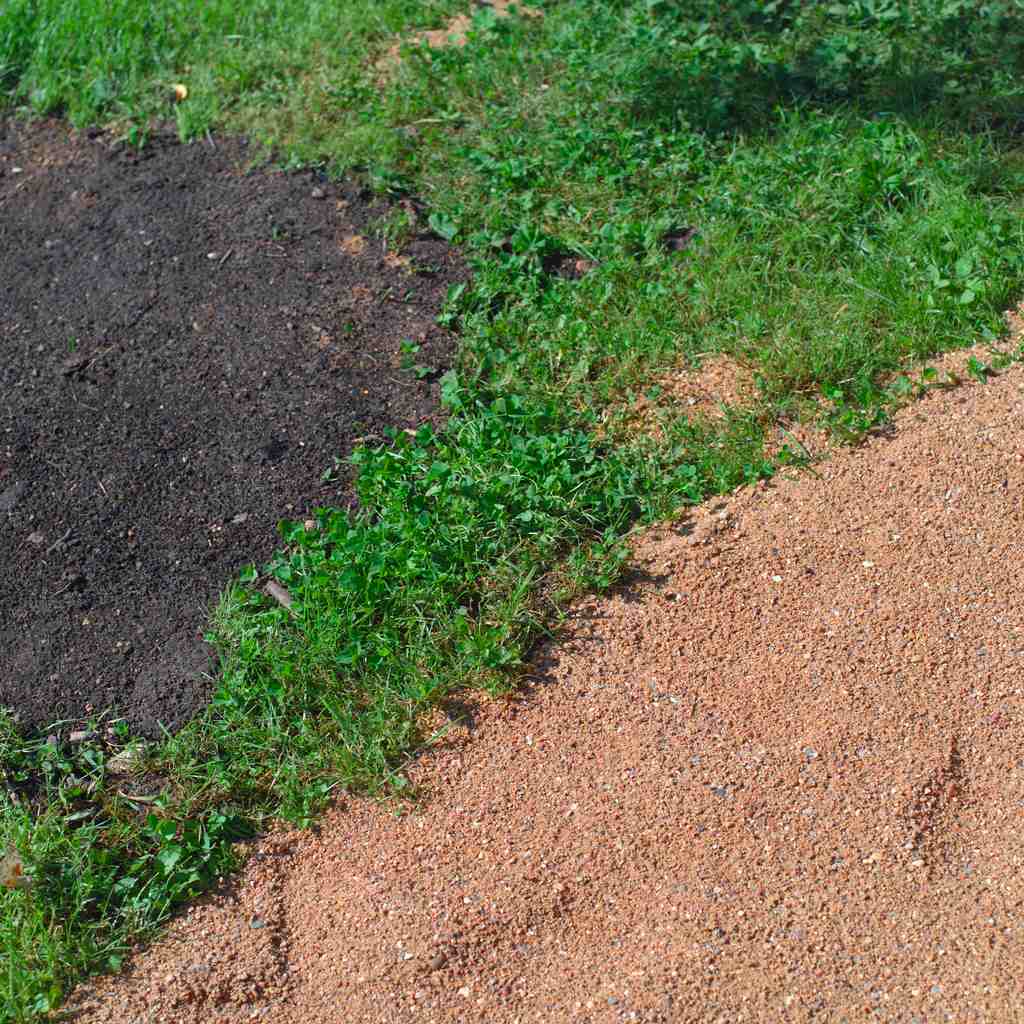
- Topsoil: This can be added to poor soils to improve their fertility.

- Perlite: This is a lightweight material that can be added to clay soils to improve their drainage and aeration.

- Vermiculite: This is another lightweight material that can be added to clay soils to improve their drainage and aeration.

- Gypsum: This can be added to acidic soils to neutralize their pH.
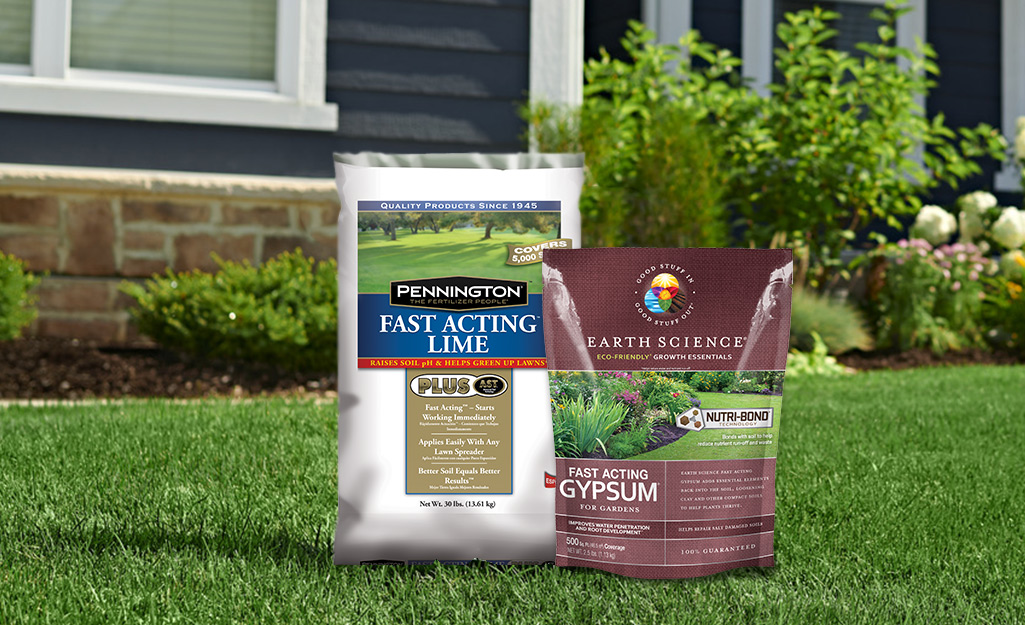
- Lime: This can also be added to acidic soils to neutralize their pH.
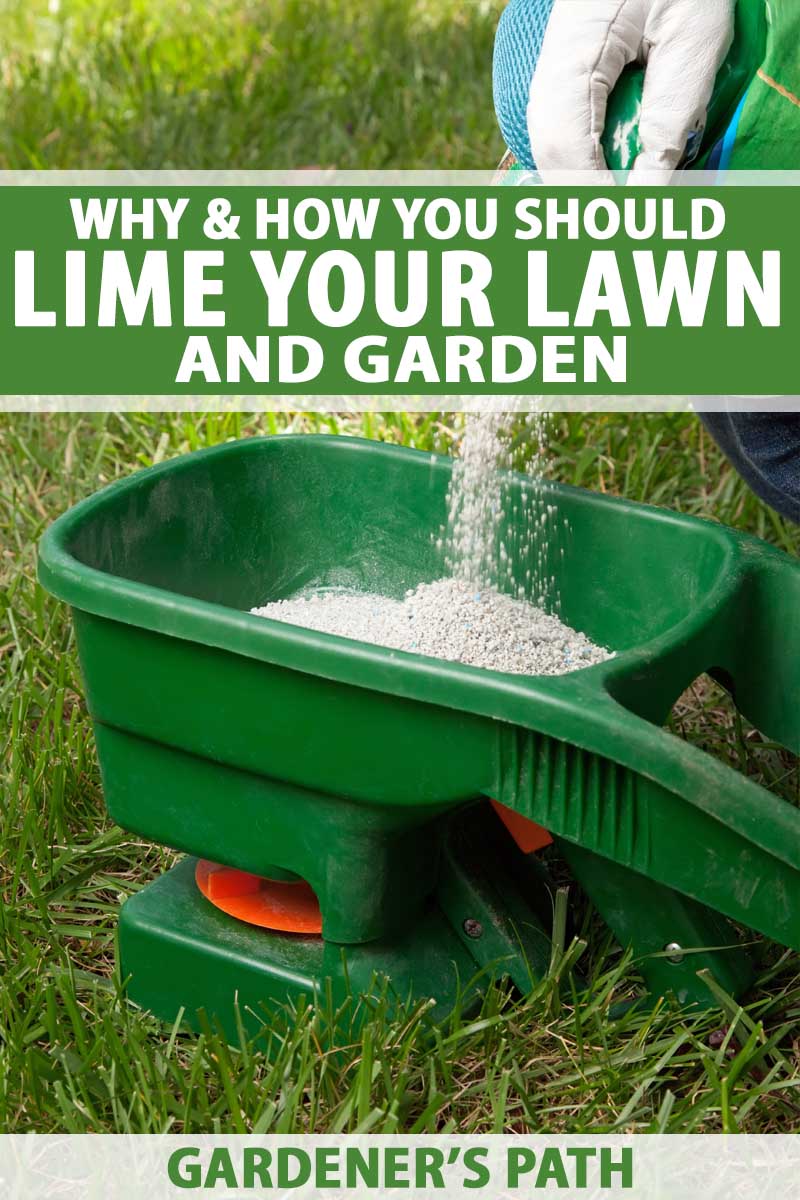
- Mulch: This can be added to your lawn to help suppress weeds and retain moisture.
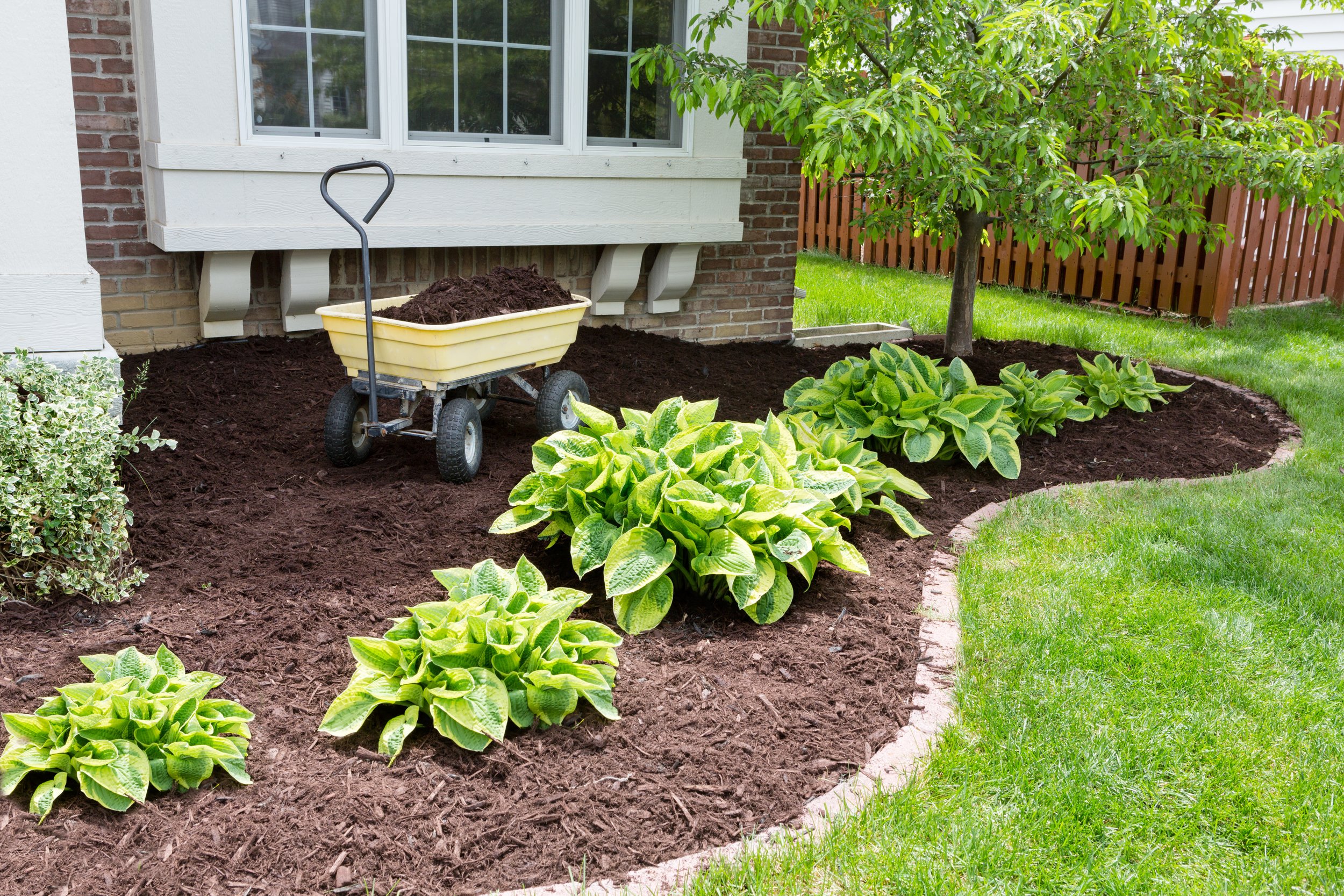
- Seed: This is the final step in amending your soil for a healthy lawn.
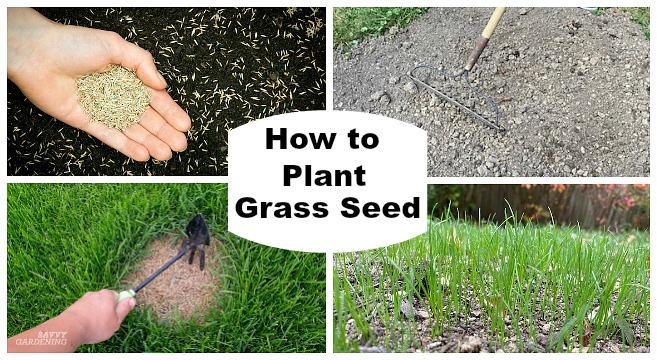
Post a Comment for "How To Amend Soil For A Healthy Lawn In Minutes"